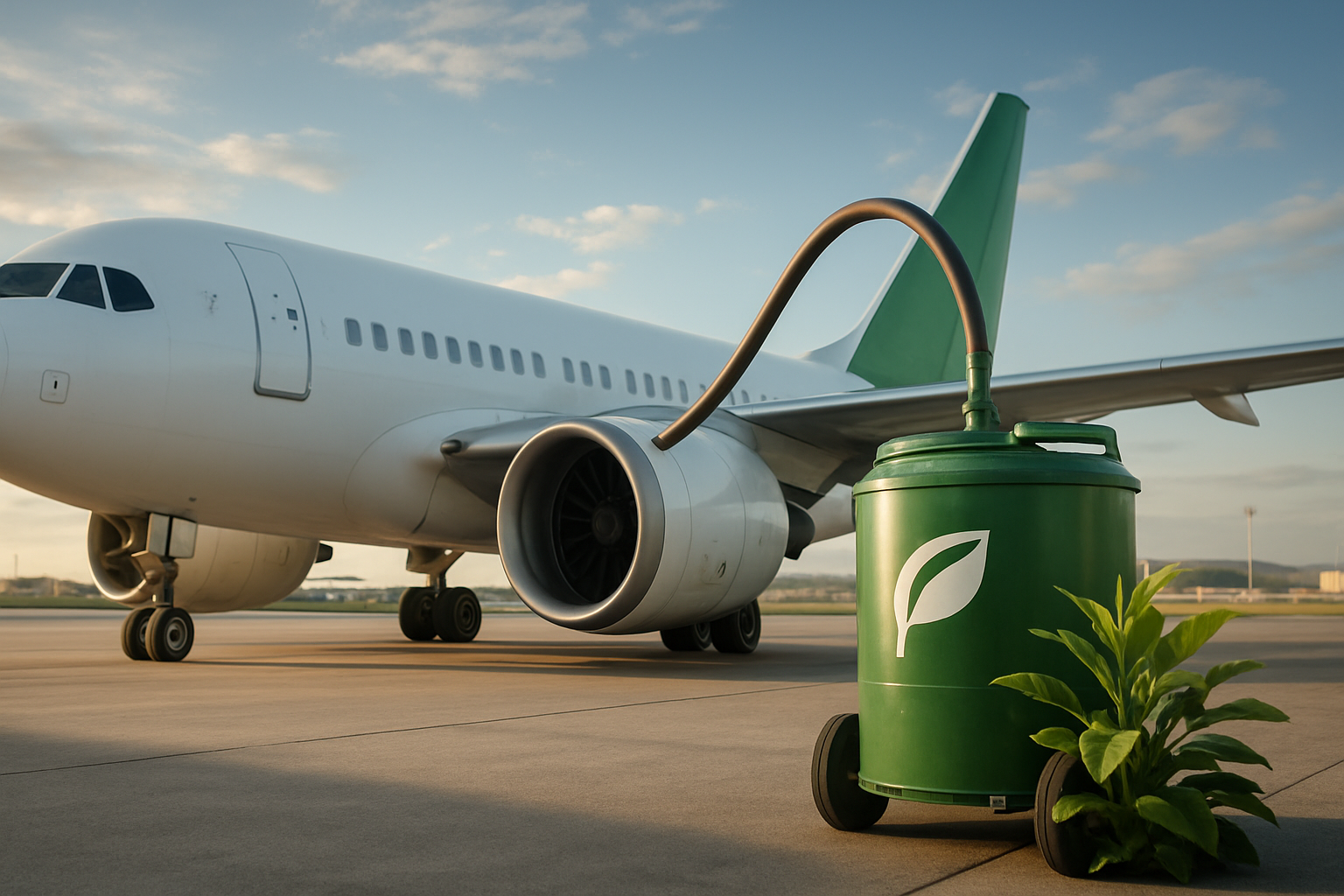A Deep Dive into the World of Green Aviation: The Future of Sustainable Travel
The realm of aviation is undergoing a significant transformation. As environmental concerns become increasingly more pressing, the travel and transportation industry is exploring innovative avenues for sustainability. One such promising development is 'Green Aviation,' an emerging trend that aims to reduce the environmental impact of air travel. This article delves into the history, present trends, and future implications of Green Aviation, offering a fresh perspective on this exciting frontier of sustainable travel.

The Origins and Evolution of Green Aviation
The concept of Green Aviation emerged in response to the growing recognition of the environmental repercussions of air travel. With the advent of the Jet Age in the 1950s, air travel soared in popularity. However, this rapid increase resulted in significant environmental drawbacks, including high carbon emissions and noise pollution. The industry’s subsequent quest for environmentally friendly alternatives led to the birth of Green Aviation.
The Green Aviation Movement Today
Green Aviation today is characterized by continuous efforts to minimize the environmental impact of air travel. This includes innovations in aircraft design, fuel efficiency, and emission reductions. A notable example is the increase in the use of ‘biofuel’ made from renewable resources. Many airlines have also started adopting ‘flight-lightening’ measures, reducing unnecessary weight to optimize fuel efficiency.
Advantages and Challenges of Green Aviation
The primary advantage of Green Aviation is its potential to significantly reduce the environmental footprint of air travel. It represents a proactive approach to balancing the growth of the aviation industry with environmental responsibility. However, the transition to Green Aviation presents multiple challenges. These include high development costs, technical difficulties, and the need for widespread industry collaboration and regulatory support.
Practical Applications and Impact on Travelers
For travelers, Green Aviation could translate into a more sustainable and potentially cost-effective way to traverse the globe. As the industry advances, we may see a rise in ‘eco-flights’ that offer reduced-emission travel options. However, the cost implications for passengers are still uncertain and depend on how successfully the industry can scale these initiatives.
Did You Know?
-
The first commercial flight using biofuel took place in 2008, flown by Virgin Atlantic.
-
NASA’s Green Aviation project is researching technologies to reduce aircraft noise and emissions.
-
A new generation of electric aircraft is on the horizon, aiming to revolutionize the industry.
In conclusion, Green Aviation is a promising trend that could redefine the future of air travel. Although the path to sustainable aviation is fraught with challenges, the potential benefits are immense, both for the environment and for travelers. As we navigate the evolving landscape of travel and transportation, Green Aviation offers a beacon of hope for a more sustainable future.





